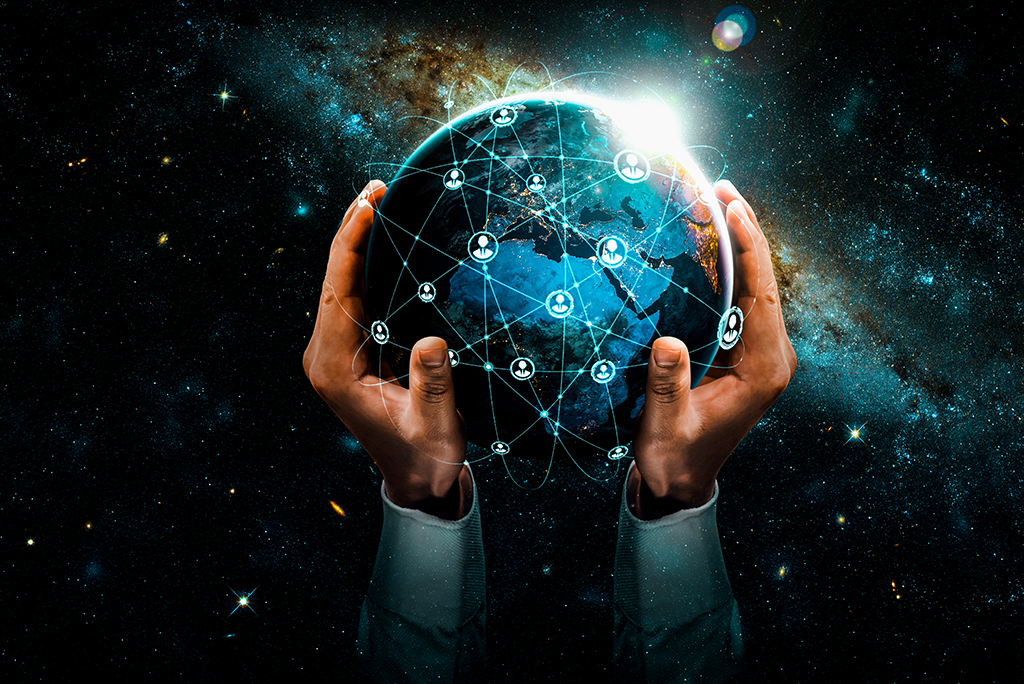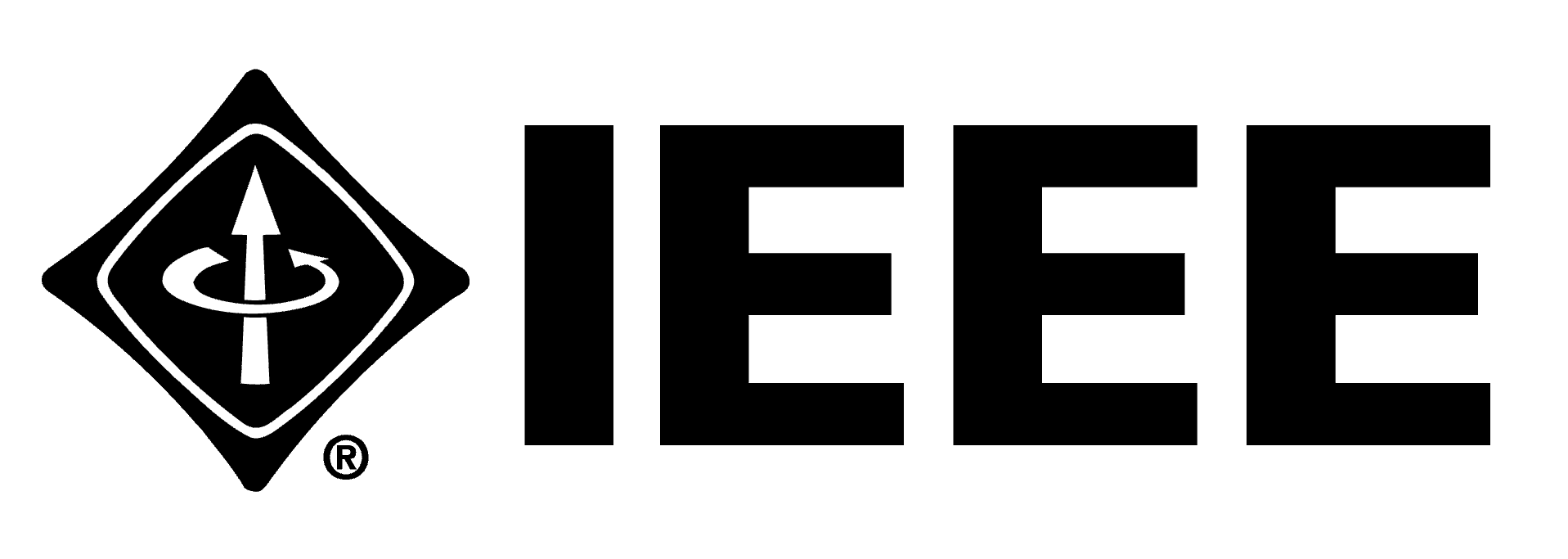
In a previous post, we talked about the worldwide adoption of the Internet of Things (IoT)—highlighting that by 2025, there will be over 23 billion connections on the Internet of Things. In December 2022, the IoT Tech Expo Global event in London outlined the future of IoT. Industry experts discussed technology and solutions through content focused on connectivity, sustainability, and business trends.
Smart Connectivity and Environmental Solutions
During IoT Tech Expo Global, companies and organizations presented a new vision for the future of IoT, which now predicts 75 billion connected devices by 2030. Two critical issues surrounding IoT will be smart connectivity (low-powered cellular IoT) and digital transformation technologies for environmental solutions.
When talking about smart connectivity, experts recognize the complex regulatory and commercial challenges of cellular IoT. Mobile IoT devices with tiny sensors and longer battery life requirements, like those used in smart agriculture or smart cities, benefit from low-energy connectivity. Iain Davidson of Wireless Logic explained companies must consider energy as a central component to consider when building IoT networks.
In recent times, the environment has been a hot topic for the technology industry. Pooja Munshi, head of the web on the digital transformation task force of the UN Environment Program, explained that the world’s digital transformation creates many environmental challenges. She highlighted the IoT industry for its optimization opportunities, as well as its use of cloud technology to reduce resource consumption and improve performance. IoT and cloud technologies can—and should—work together to solve problems such as disaster prediction, agriculture, nutrition, and climate change.
How Businesses Can Get Ready for IIoT
Industrial Internet of Things (IIoT) refers to the extension and use of IoT in industrial sectors and applications. IIoT can be a powerful tool when implemented successfully. Like most technologies, however, companies may face obstacles if they are not fully prepared. According to TechRepublic, there are five common implementation challenges with IIoT:
- Failing to specify the purpose and scope: Organizational leaders should consider what they want to achieve by utilizing IIoT. As a leader, start by asking yourself how implementing IIoT could help you address weaknesses while capitalizing on strengths. It is also essential to determine the extent of IIoT implementation. Will it only relate to a single machine or multiple departments?
- Experiencing data-related issues: Decision-makers may need guidance on what data to collect or how to process it most efficiently. Knowing which data is most relevant is critical to understanding what the company hopes to achieve with IIoT.
- Struggling to keep a connected infrastructure secure: A 2022 report by Barracuda showed 72% of organizations had implemented forms of IIoT, and only 49% of organizations polled could handle security updates themselves. The people in charge of IIoT implementations should perform cyber security audits to show how they are doing security-wise and where there is room for improvement.
- Encountering scalability difficulties: Three reasons why companies fail to scale their projects: 1) the integration effort was overly complicated, 2) vendors could not support scaling, and/or 3) the life cycle support for the project was too expensive. A best practice is to take a long-term viewpoint with any IIoT project and set goals accordingly.
- Dealing with resource shortages: An IIoT-related endeavor is more likely to experience issues if it lacks the necessary resources. According to Make Carter, President of Inmarsat Enterprise, access to the relevant skill sets is needed at all levels. He notes that without these skill sets in place, businesses will struggle to make the best use of the data they gather or integrate IoT projects into the wider organization.
It is anticipated that billions of devices will soon be linked to the internet, which means sales of IoT devices and applications will likely skyrocket. Challenges always exist whenever companies work with new technologies. Stay focused on your company’s goals and favorable outcomes, and educate yourself on future technologies.
Are You Prepared for IoT?
If you’re looking to improve your understanding of the Internet of Things, IEEE has combined educational materials with the latest IoT research and development to create the two learning pathways of the IEEE Academy on the Internet of Things.
IEEE Academy on Internet of Things (IoT): Communications Standards
Communication technology is essential to the Internet of Things as it allows devices to connect with each other. This learning path covers the basic principles of communication technology and the practical usage of standardized communication. Learn more.
IEEE Academy on Internet of Things (IoT): Computing Platforms
IoT computing platforms are essential to the development and deployment of IoT applications. This learning path covers all these aspects by providing an overview of the current state of the art and future trends on computing platforms for IoT applications. Learn more.
Resources
Campbell, Anne. (12 July 2022). Report: The state of industrial security in 2022. Barracuda.
Chaudhuri, Kasturi. (9 December 2022). Top 5 IoT Trends that will Shape the Future in 2023. ELE Times.
Fernandez, Ray. (5 December 2022). IoT Tech Expo Global 2022: The future of IoT and smart connectivity. TechRepublic.
Inmarsat. (15 Mar 2022). Skills shortages remain the top barrier to industrial IoT adoption, Inmarsat research reveals. Inmarsat.
Partida, Devin. (30 November 2022). Top 5 challenges of implementing industrial IoT. TechRepublic.


No comments yet.